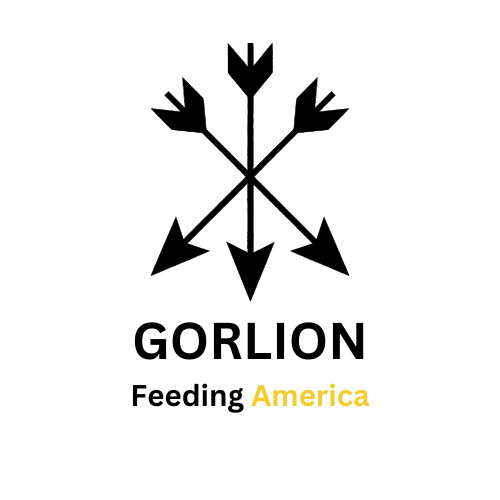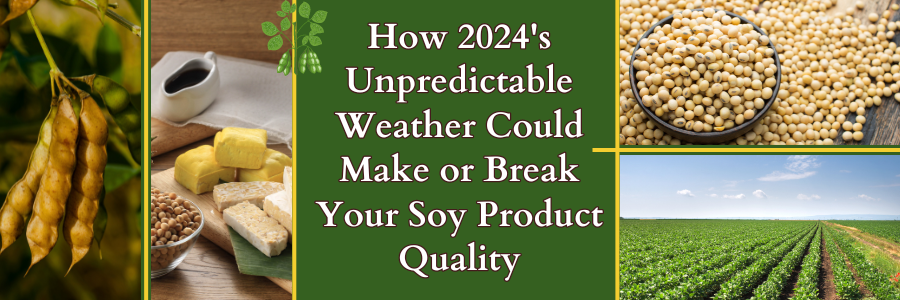The 2024 soybean harvest isn’t just another season—it’s a potential turning point. With unprecedented weather patterns, the quality of your soy products could either reach new heights or falter. You may think you’ve seen it all, but this year’s climatic conditions demand a fresh, informed perspective.
Illinois: High Yields, Higher Risk Illinois might boast impressive soybean yields, but the 2024 weather is a double-edged sword. Average high temperatures of 84°F in July and 82°F in August, combined with high humidity, create an environment ripe for heat stress. While the August rainfall of 4.03 inches may help, it’s not enough to guarantee high protein content. The result? Larger beans, perhaps, but with compromised protein levels—something your premium soy products can’t afford to overlook. Illinois’s crop this year is a gamble; it might look good on paper, but it carries a hidden risk that could impact your product quality.
Iowa: Big Beans, Bigger Problems Iowa’s weather conditions are strikingly similar to Illinois, with average highs of 85°F in July and 84°F in August. While the 4.52 inches of rainfall in July may support bean size, the consistent heat stress threatens protein content. For a manufacturer focusing on quality, Iowa’s 2024 crop could be a bigger problem than anticipated. Large beans don’t always mean better quality, especially when the heat cuts into the protein your products rely on.
Ohio and Pennsylvania: The Illusion of Consistency Ohio and Pennsylvania seem reliable, but 2024’s weather tells a different story. With July and August temperatures hovering between 84°F and 87°F, these states face similar risks. Even with adequate rainfall, the stress from high temperatures could reduce protein content, leading to soybeans that don’t meet your high standards. Betting on these states might offer consistency in yield, but not necessarily in the quality you need.
New York: Growing Pains in the Empire State New York’s soybean industry has been growing, but 2024’s weather could stifle progress. High temperatures in July and August (87°F and 85°F, respectively) paired with consistent rainfall are likely to produce larger beans. However, these beans may suffer from lower protein content—making New York a risky bet for those seeking premium quality. This year, the growth in New York may come with growing pains that impact your end product.
Wisconsin: Consistent Quality, Consistent Results Wisconsin stands out this year as a state with favorable conditions for high-quality soybeans. With average highs of 84°F in July and 82°F in August, and 4.03 inches of rainfall in August, Wisconsin’s environment is not just supportive but ideal for growing soybeans with both size and protein content. This is the kind of consistent quality that manufacturers need to maintain their brand’s reputation. Wisconsin’s crop isn’t just another option; it’s the smart choice for those committed to excellence.
North Dakota: The Gold Standard North Dakota remains the pinnacle of quality for the 2024 soybean harvest. Cooler temperatures (83°F in July, 81°F in August) and just-right rainfall create an environment that nurtures soybeans with optimal size and superior protein content. For those who refuse to compromise on quality, North Dakota’s crop is the gold standard this year. It’s not just about location—it’s about ensuring that your products are made from the best soybeans available.
Conclusion: The 2024 weather patterns have created a unique situation—one that demands attention if you want to maintain and elevate the quality of your soy products. Wisconsin and North Dakota offer stability and superior growing conditions, producing soybeans with the high protein content necessary for premium products. Don’t let complacency or outdated sourcing habits compromise your brand’s future. This November, make the choice that sets you apart—choose the best, choose wisely, choose Gorlion.

